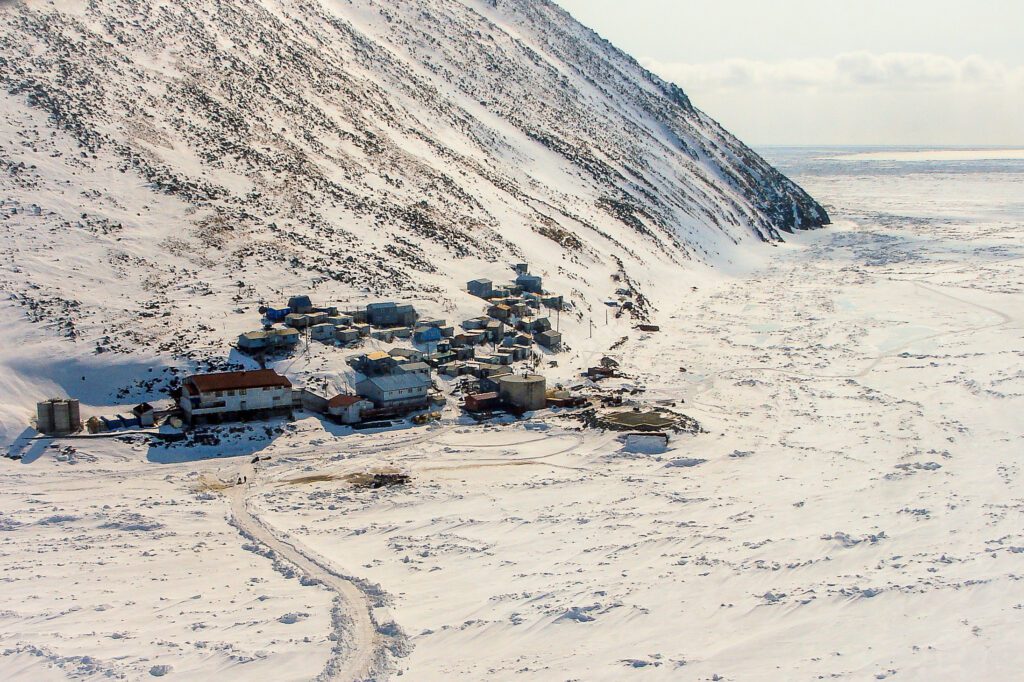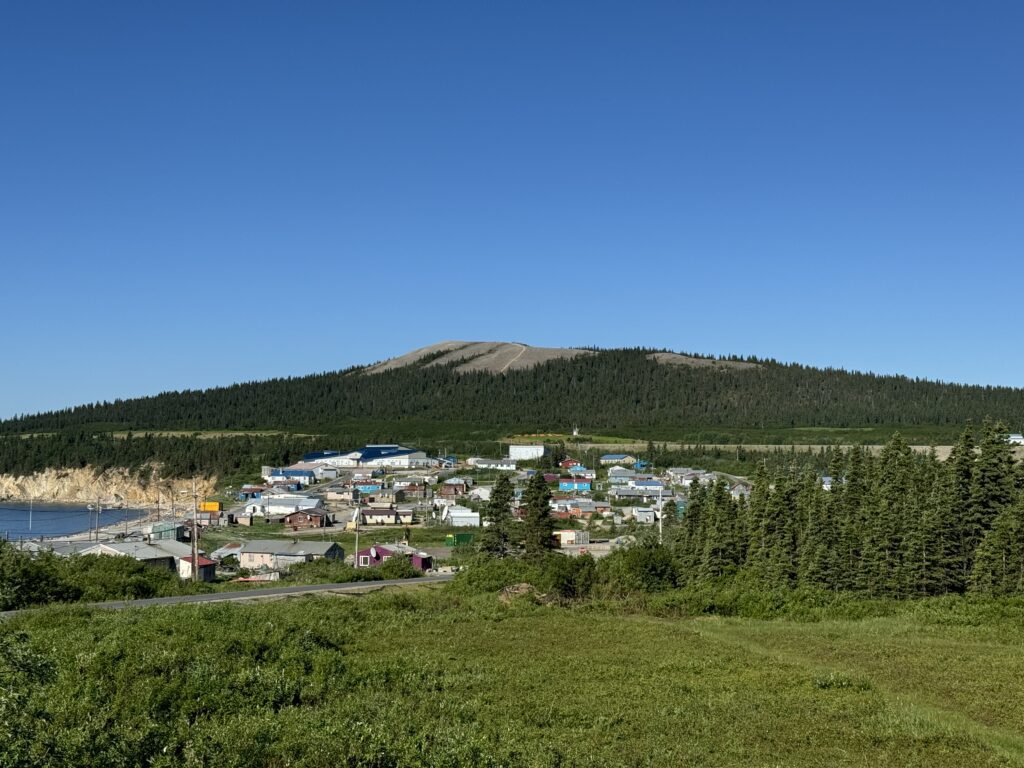It’s a project three years, and several wells, in the making. Now, flow testing results from the Alaska Center for Energy and Power (ACEP) indicate that Pilgrim Hot Springs is a viable source of geothermal power — at least on site.
The springs, located 37 miles outside of Nome, have been poked and prodded since last October, as engineers search for the ever elusive “upflow zone”: An optimal combination of high temperatures and water volume needed to produce 2 megawatts of electricity.
Gwen Holdmann, director of ACEP, said the results from a flow test conducted in September at the spring “exceeded expectations.”
“It can produce enough hot water to do on-site power generation, green houses, anything that you might want to do in terms of on-site development,” said Holdmann.
Developers and residents of Nome who hope the site might eventually export power to the community itself, however, will have to wait.
Holdmann said a geothermal source hot enough — and powerful enough — to supply electricity to Nome may exist. But more tests will be needed to prove it.
“Because this hole isn’t located directly over the source of the hot water,” she said. “It doesn’t confirm that there’s adequate production potential for export to Nome. It doesn’t preclude that, but it doesn’t confirm that.”
This doesn’t render the geothermal project a bust, however. Far from it, according to Holdmann. Besides confirming a viable power source for the immediate surroundings, the latest data also points to another important piece of the puzzle: The hot springs’ source.
The spot where water originates from the bedrock has long been touted as the hottest and most powerful part of the spring, possibly hot enough to make development of the energy valuable to Nome. But researchers have had a hard time locating that source… until now.
Holdmann said the new data points to the springs’ origin, just slightly northwest of the existing “pool” where recreational visitors often soak. But the burden of exploring that source will fall to potential developers.
Due to budget limitations, ACEP — which is funded through the Department of Energy — will now pass the torch to developers like Potelco and Pilgrim Springs Limited, which have expressed interest in the site.
Holdmann will present ACEP’s latest findings to area landholders including Unaataq LLC, a consortium of regional native corporations that owns that hot springs, over the weekend.







